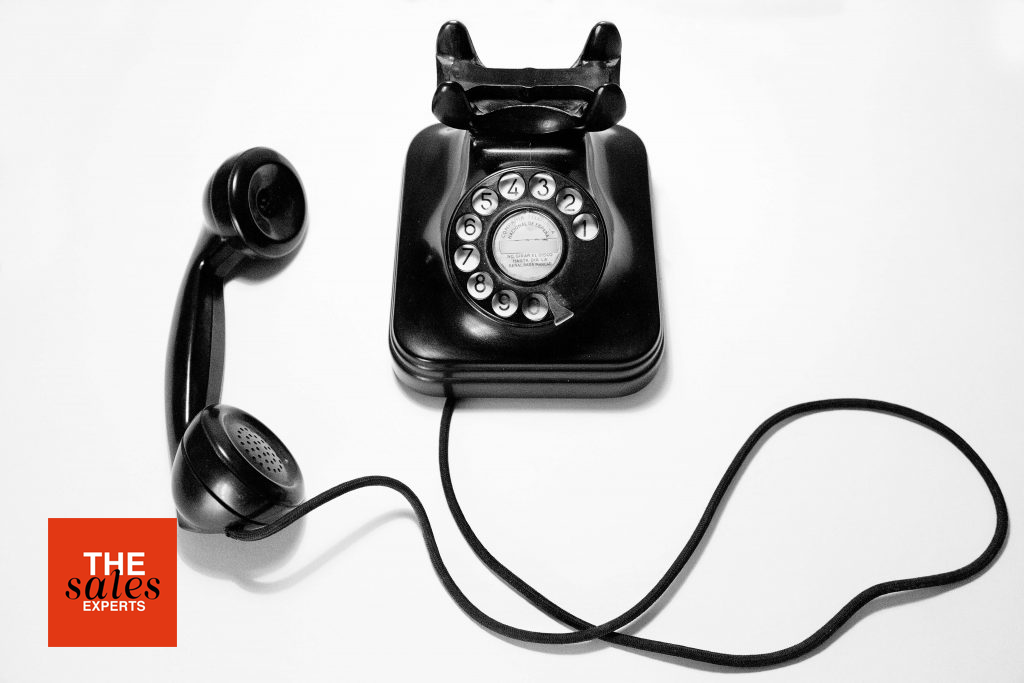
In the digital age, telephone communication in business is no longer what it once was. Once the undisputed champion of direct, personal engagement, the telephone—especially the desk landline—is rapidly losing relevance in the modern sales environment. While still powerful in theory, the reality is that today’s professionals rarely reach for the phone, and even less often, do their prospects pick up.
The Disadvantages of Telephone Communication
There was a time when sales departments buzzed with the sound of cold calls. Now? Silence. The traditional cold call has not just declined—it has become almost taboo. In its place, we see salespeople adopting a marketer’s mindset, relying on platforms like LinkedIn, WhatsApp, Telegram, Instagram, and SMS to engage prospects gradually and more passively.
For many, a ringing phone feels more like an intrusion than a welcome opportunity. Modern buyers are multitaskers, constantly shifting between tabs, apps, and channels. A phone call demands full attention—something increasingly rare and, frankly, unwelcome in many business settings.
Has Messaging Replaced Talking?
In today’s business world, “chatting” often means exchanging asynchronous text messages, not engaging in real-time verbal conversations. Brands no longer rely solely on direct communication but instead leverage influencer marketing, social media engagement, and user-generated content to warm leads before even thinking of a phone call—if one happens at all.
Even business websites have moved away from phone numbers, opting instead for contact forms, chatbots, or DMs. In some industries, salespeople and clients may never even speak over the phone, communicating exclusively through digital messaging or meeting directly face-to-face when needed.
So, What’s the Future of Sales Engagement?
That future is already here—and it’s platform-based, visual, and non-verbal. Brands are shifting from person-to-person calls to influencer-driven messaging and social selling techniques. Consumers get product information via video, testimonials, and online portals rather than verbal explanations over a phone call.
Just like the postal service, the telephone has become a relic for many. Its absence doesn’t disrupt the sales process—it often streamlines it. Increasingly, when the phone rings, nobody answers. Not because they’re not there, but because they don’t want to engage in that way anymore.
Final Thought: Are We Missing Something?
Perhaps. There is an intimacy, spontaneity, and human warmth in a phone call that can’t quite be replicated through messaging. But in the fast-moving world of modern business communication, convenience and efficiency often win.
As the tools we use evolve, the way we sell—and connect—must evolve too.
